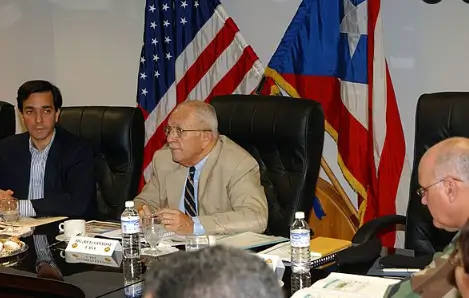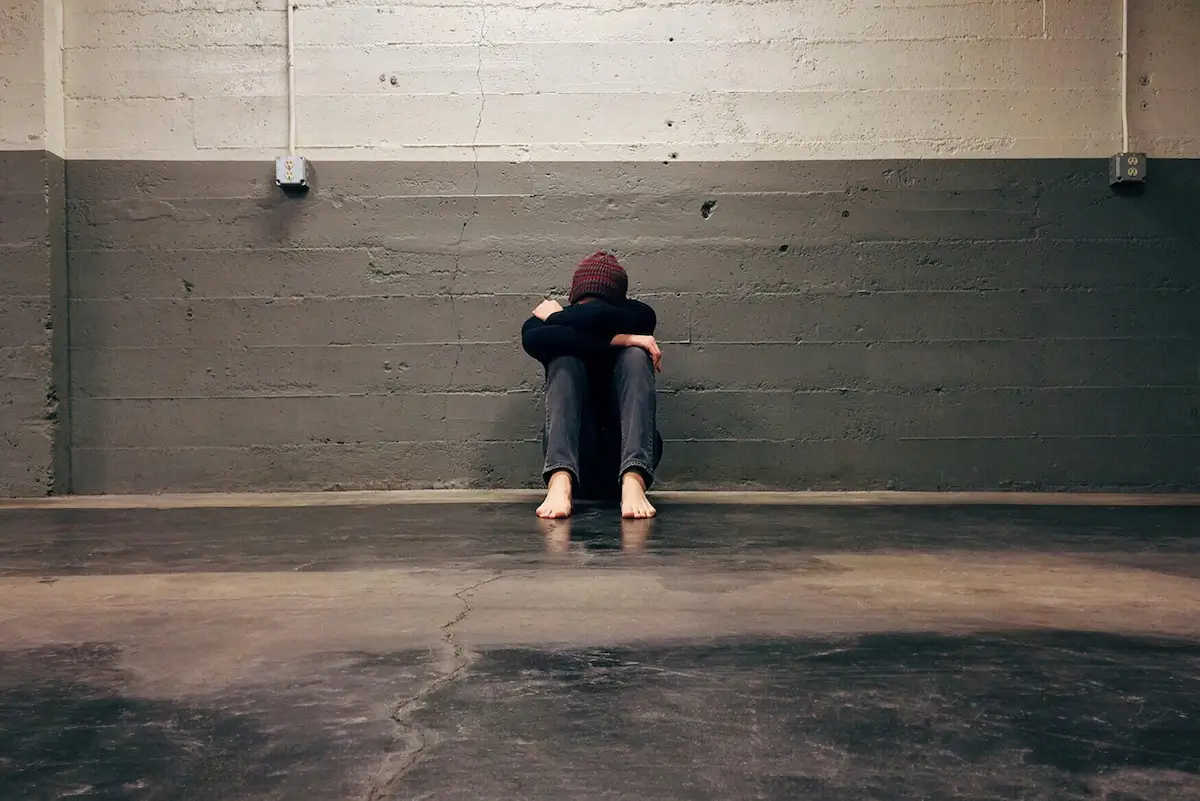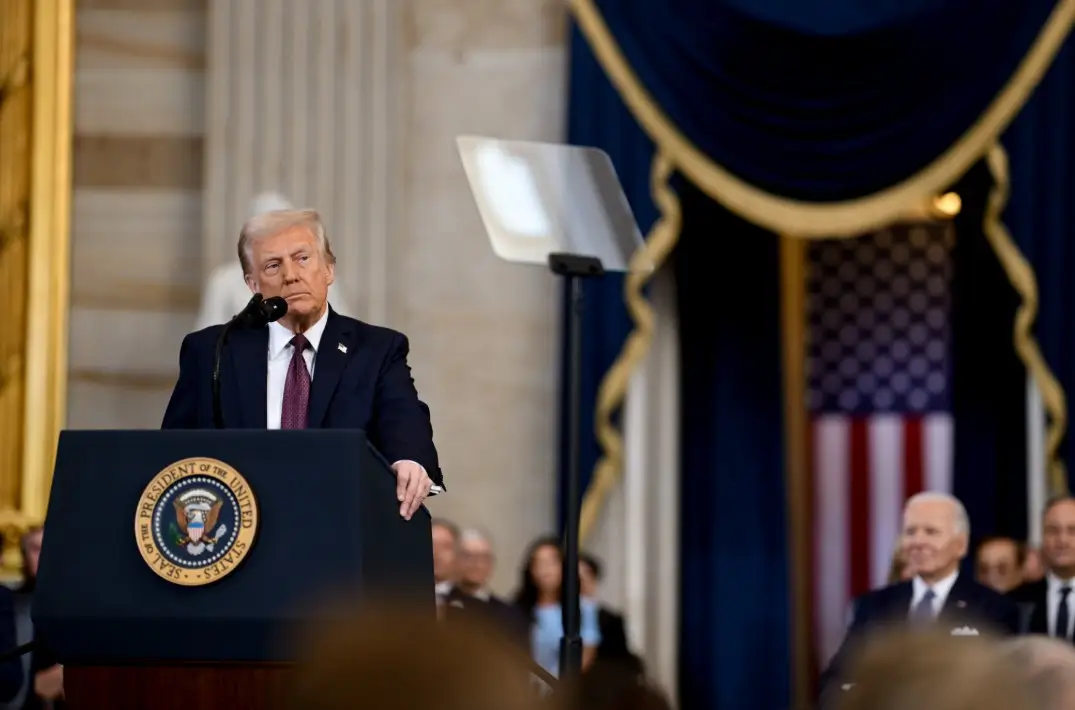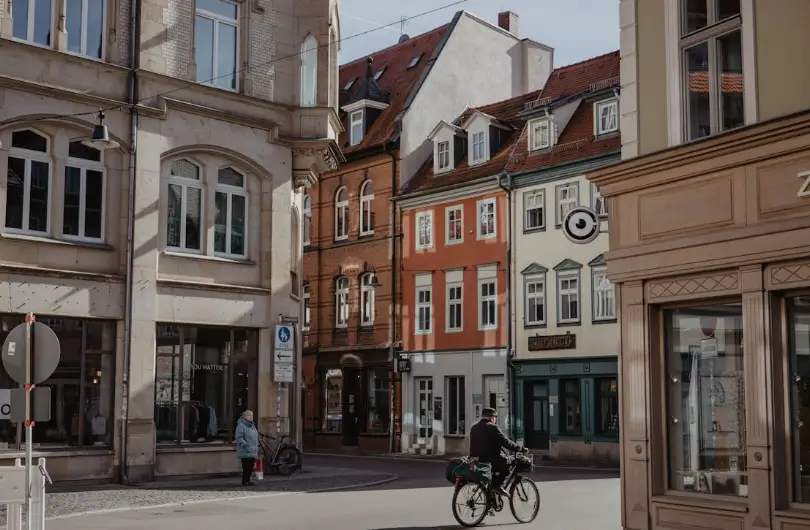Planning and Meets Politics

Every planner dreams in land use maps, but every map needs a vote. Every planner learns the rules of zoning but few are prepared for the rules of politics.
You can know your comp plan by heart, memorize your code section by section, and still find yourself sitting in a meeting thinking, what just happened?
Because once a project leaves your desk and hits a dais, you’re no longer just dealing with setbacks and density. Now, you’re dealing with power.
Politics Gives Planning Its Pulse
Let’s start with the good side, because it does exist.
Politics, at its best, turns your plan into motion.
A mayor who believes in downtown revitalization can move mountains, fund transit, support mixed-use projects, and defend long-term vision when public patience runs thin.
A commissioner who understands why you need a sidewalk waiver or a density bonus can make the difference between innovation and inertia.
Politics is how good ideas become law.
It’s how budget lines get written.
How comprehensive plans actually comprehend.
When a politician gets planning, you can feel it and it's a beautiful thing.
The gears align. Public trust rises. Change feels possible.
But those moments are rare. They require something planners can’t code into an ordinance: courage.
When the Political Wind Shifts
Then there are the nights you wish politics stayed home.
The ones where a 200-page staff report becomes meaningless after one emotional speech.
I’ve seen it.
A well-planned infill project. Affordable units, stormwater retention, good design.
All the boxes checked. But then someone steps up to the podium and says (in many words) “I just don’t want my neighborhood to change.”
Suddenly, logic goes quiet.
The room hums with feeling.
And one by one, elected officials fold with eyes on the next election, not the next decade.
That’s when planners learn the hardest truth: planning is only as strong as the politics that support it.
You can craft the best policy, but without political will, it’s just wasted paper.

Why It Gets Messy
Politics and planning want different things.
Planning is about process, systems, checks, and sequence, but it’s also about people, their needs, and their futures. It’s where data meets daily life, where numbers and neighborhoods have to make sense together.
On the other hand, politics is also about people, but through a different lens, their moods, fears, and ambitions seen through the urgency of representation and public emotion. It translates collective feeling into policy impulse, often valuing perception over data, and immediacy over method.
Planning wants consistency, fairness, and predictability.
Politics rewards flexibility, charisma, and quick response.
That’s why the two often pull in opposite directions, one seeks the long view, the other reacts to the moment.
It’s like a waltz between a metronome and a heartbeat: the planner counts steps while the politician feels the room.
When it’s in sync, progress glides forward; when it’s not, everyone trips over the same agenda.
Planners speak in “recommendations.”
Politicians speak in “votes.”
You might recommend a future-land-use change because it matches the growth strategy.
They might deny it because 30 neighbors showed up wearing matching T-shirts and pitchforks (true story...somewhere).
Neither is inherently wrong, they just play by different clocks.
The Hidden Cost
When planning bends too far toward politics, cities lose their backbone.
Policy becomes reactive, constantly shifting with headlines or elections.
Each project is judged in isolation instead of guided by long-term principles.
Developers stop trusting predictability. Residents stop trusting fairness. Over time, this erodes confidence not only in the process but in the very idea that rules mean anything at all.
But when planning ignores politics entirely, it loses its pulse.
You can’t plan in a vacuum. Data alone can’t capture how people feel about their homes or neighborhoods.
Public sentiment, equity, culture, and history all shape what a city can realistically achieve. When planners block out that noise, they also miss valuable signals, lived experience, emotion, and public will.
The truth sits somewhere in between.
Cities need plans that stand firm and politics that listen, with each side keeping the other honest. The best outcomes come when evidence and empathy share the same table, balancing what’s possible with what people can believe in.
Inside the Room
If you’ve ever staffed a planning board meeting, you know the choreography.
The planner presents: calm, factual, neutral.
The applicant speaks: confident, rehearsed.
Then the public comes up: passionate, unpredictable, sometimes poetic, sometimes personal.
By the time the motion comes up, you can almost feel which way it’ll go.
You’ve seen it enough to sense the body language, the sideways glances, the hesitant clears of the throat.
The motion gets seconded.
A few speeches follow.
Then the vote.
You write down the result and quietly update your spreadsheet, pretending it doesn’t sting.
Because whether the project was approved or denied, you know what really happened: planning met politics, and politics won the tie-breaker.

When It Works
But sometimes...sometimes...it all clicks.
You get a council that trusts staff.
A board that actually reads the packet.
A public that shows up to learn, not just to lash out.
And when that happens, politics amplifies planning instead of smothering it.
The debate becomes thoughtful, the compromises smart, and the outcomes fair.
And you? You walk out of city hall at 10 p.m. feeling like the system actually worked.
Those are the nights that keep you in the job. Those are the nights that remind you why you do what you do. Those are some good nights...or afternoons if you are lucky enough to have your item early in the agenda.
The Planner’s Balancing Act
Planners often find themselves standing at the crossroads, between evidence and influence, between what should be done and what can be approved. It’s a daily tightrope walk that demands balance, patience, and intuition. The question becomes less about surviving and more about adapting—learning to move within the system instead of against it.
So how do you adapt in the middle?
- Tell better stories.
Data convinces planners, but stories move councils. Together, they create a complete picture. When you rely on only one, you risk either sounding detached or being dismissed as emotional.
That’s why effective communication in planning is about merging both: start with facts, frame them in lived reality, and close with what it means for people’s everyday lives.
A well-told story grounded in solid data does more than inform; it connects.
So when you speak, let your charts and tables breathe. Translate them into impact: “This project means 40 families can live near transit,” not “This rezoning supports policy 2.1.3.” - Stay neutral, but not silent.
Neutrality doesn’t mean absence; it’s not about staying out of the conversation but standing above the noise. It means credibility, being the calm in a room full of emotion.
To stay neutral is to earn trust from all sides, showing that your analysis comes from fact, not favoritism.
Explain trade-offs clearly. Break down the why behind decisions, not just the what. Help people see the ripple effects, what’s gained, what’s lost, and what it costs to do nothing.
Acknowledge what people fear, but also remind them that cities either grow with intention or change by neglect. - Learn the rhythm.
Every council has patterns. People who lead, people who follow, and those who quietly steer from the middle.
Learn to read the room: watch the posture, the pauses, and the side glances that tell you more than the speeches ever will. Timing is everything. Sometimes you speak up to shape the narrative; other times, you let silence do the work. Often however, the smartest move is just to plant seeds, small, deliberate ideas that take root over time, long after the meeting ends. It might be adding a short note in a staff report that hints at a future policy shift, or mentioning a best practice from another city during a discussion. It’s not about pushing an agenda outright, but about making new ideas feel familiar, so when they resurface months later (...and they will), they sound less radical and more reasonable. - Document everything.
And I do mean everything. It's funny how some decision makers forget what they said or voted on last year...I digress). The reality is that politics can shift overnight...and it often does. The record is your safety net. Facts may fade from memory; minutes don’t. - Hold the long view.
Planning is a long game, not a single vote or hearing. What feels like a setback today may become tomorrow’s success when the community catches up.
Public opinion changes. Neighborhoods evolve. It may seem controversial now but it might just be common sense a decade later.
Good policy often outlasts bad politics because the logic of good design and smart growth tends to reassert itself over time.
So keep your eyes on the horizon, every small policy, every adopted plan, is a thread in the bigger story of your city.
The Uncomfortable Truth
Most people think politics ruins planning. Some planners may think politics ruins planning. But that’s not entirely fair.
Politics is what keeps planning democratic. It forces us to justify our decisions to the people who live with them.
But it also tests our integrity.
Will we bend data to fit an agenda?
Will we water down reform to protect comfort?
Will we keep showing up even when the votes don’t go our way?
Those are the real questions planners face...almost daily. Questions that never make it into a land-use table.
Closing Thought
Planning isn’t just about what we build.
It’s about who decides what gets built.
Every sidewalk, every skyline, every affordable-housing unit is the product of a long negotiation between evidence and emotion.
Politics gives planning its heartbeat and sometimes, its headache...some might even argue its heart attack...that's a different post entirely.
However, without politics, the work would be sterile. Detached. Unlived.
The challenge is to work within it without losing your purpose.
To stay grounded in data but fluent in persuasion.
To remember that progress isn’t always won by the loudest room, but by the steady hands behind the reports who keep showing up. This is not easy to do...that's why we get paid the big bucks...(I know, I know...I can dream)
So yes, planning and politics will always dance together.
Some nights it’s graceful.
Some nights it’s chaos.
But the city still grows, one motion at a time.
%20(1200%20x%20237%20px)%20(300%20x%2059%20px).webp)


.webp)


